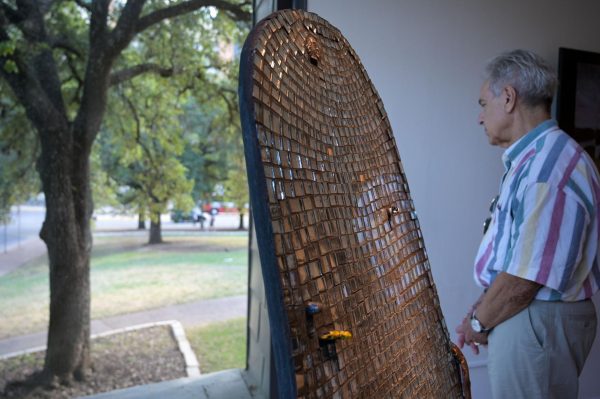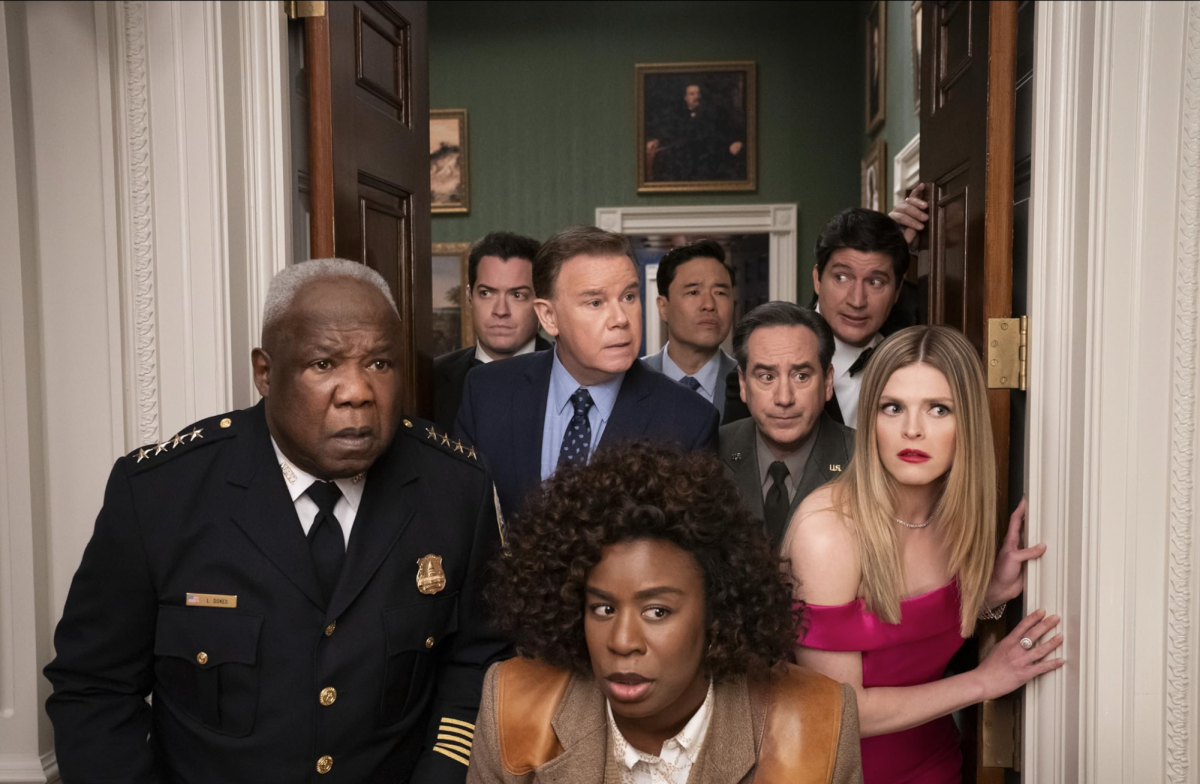June Chau found himself locked in the constricting “white cube” — the white walls commonly associated with museums, promoting neutrality and often negating identity. By including his work in the upcoming exhibit, “Queer Sublime,” Chau and an array of artists rebelled against the white cube through their various mediums of artistic expression.
Co-curators Quinn In and Mathew McIntyre unveiled their exhibit “Queer Sublime” Friday at the Visual Arts Center located on Trinity Street. McIntyre, a studio art senior, and In, exhibit specialist at the Asian American Resource Center, submitted the exhibition to the Center Space Project associated with the Visual Arts Center. Upon acceptance, McIntyre said he felt excited to provide a space for self-expression.
“When you tell your story, it makes other people more comfortable and confident in telling their story,” McIntyre said. “Hopefully, this makes people feel more comfortable to be who they are.”
The Center Space Project, a student-run arts collective aimed at amplifying students’ voices in the arts, selected the co-curators’ exhibition last spring to be on display this fall. The curators said they formulated their proposal for “Queer Sublime” with the exhibit’s narrative examining the overlap between modern queer themes, such as camp — a concept identified by subversive opulence — and historical themes of Gothic literature.
“I was thinking about reiterations,” In said. “Historically, these pieces of literature stood outside their social norms (during their) times, and that connects to contemporary expressions of queerness like ‘camp.’”
McIntyre and In picked out a majority of their artists before submitting their proposal. McIntyre said the intersection between the queer experience and Gothic literature shaped his thinking when In and him were selecting artists for the exhibit.
“We were thinking about this Gothic underlining and these queer histories that haunt the present,” McIntyre said.
Chau, a second-year MFA graduate student, echoed this underlining in their contribution to the exhibit: A ladder-shaped piece with the skin made of Joss paper, which serves as burnt offerings to honor ancestors in traditional Chinese ancestor worship.
“I’ve been wanting (my works) to feel very transgender in the way that they are incredibly ambiguous,” Chau said. “It could be a ladder … (or) a tail of a dragon — there’s so many readings that could be placed, and that feels akin to transness.”
In said the artists’ works intertwined queer histories and spaces with their own experiences, adding a multi-faceted and personal element to the exhibit.
“Some of the artists are referencing these iconic historical events and queer spaces like gay bars or Stonewall,” In said. “We’re also thinking of our own personal histories that have impacted our interactions with our own queerness growing up.”

Touching on this overlap, Gabrielle Constantine, a contributor to the project, said including a glitching aspect to her piece, a mosaicked mirror mimicking a disco ball, speaks to the in-betweenness she feels within her identity.
“I feel in between all the time, and my artwork functions to where I’m combining both sides,” Constantine said. “I’m glitching things so there are alternative interpretations of things.”
Amazed by the collective effort of everyone involved, In and McIntyre said they feel excited for audiences to experience the multitude of talent and stories on display.
“It’s a really beautiful rollercoaster of things,” In said. “(We’re) an eclectic group of artists that all work in different styles and show a diverse group of stories all together.”




















